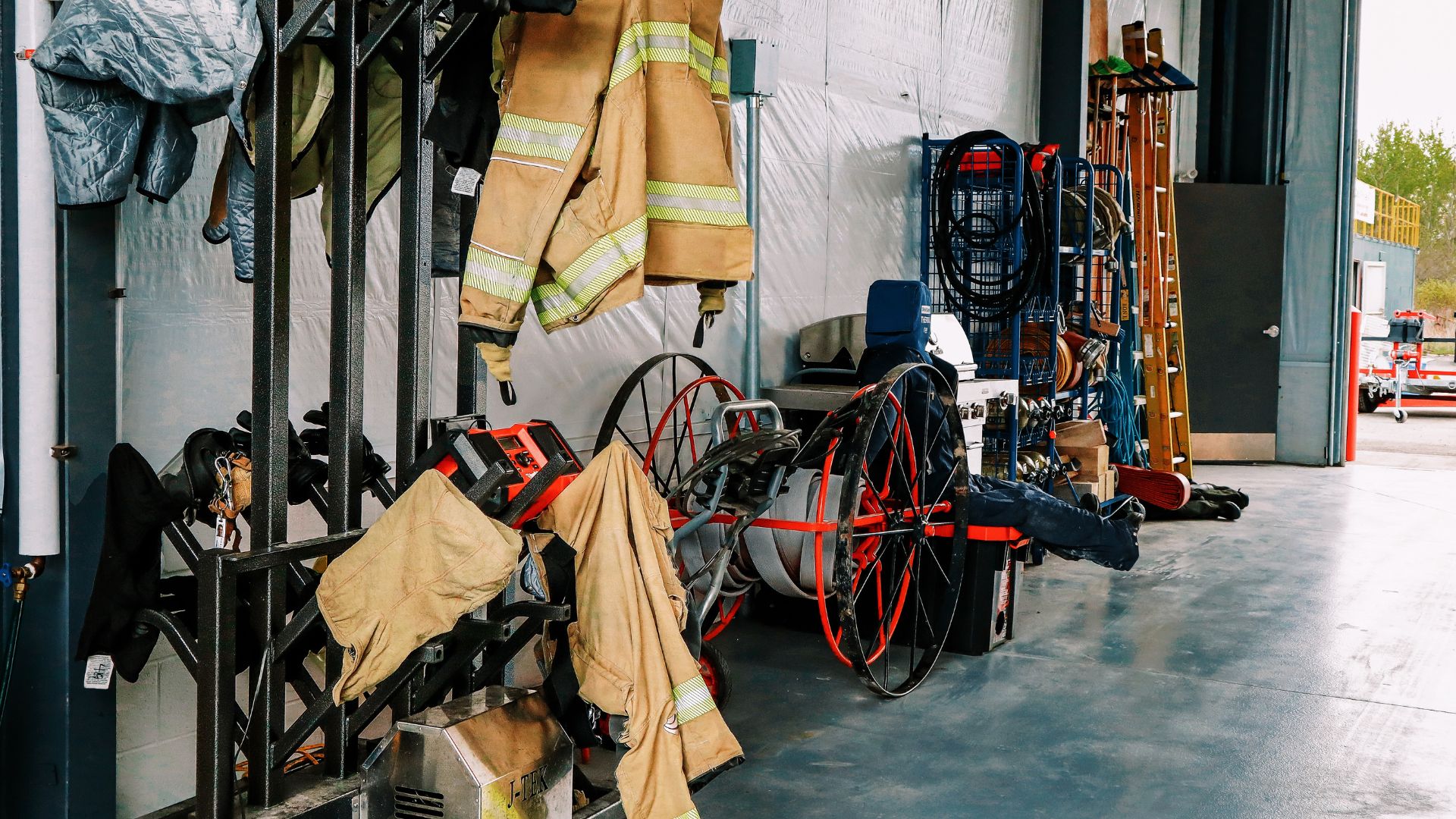Fire agencies prep for active season — Leaders celebrate new Casper helibase, increased capacity

BUFFALO — The 2024 wildfire season in Wyoming exemplified how local, state and federal agencies work together toward a common goal – protecting life and property – as fires burn hotter and fire seasons grow longer than ever before.
The region’s fire leaders reflected on last summer’s challenges and achievements and celebrated Wyoming State Forestry’s new helibase outside of Casper/Natrona County International Airport on June 10.
“When it comes to wildland fire, Wyoming has strong partnerships that have been built over decades and are backed by agreements,” Wyoming State Forester Kelly Norris told attendees. “Wyoming takes an all-hands, all-lands approach to wildland fire suppression. Interagency coordination is important as we continue to work together to protect our communities, infrastructure, watersheds and critical resources.”
The event, made complete with an appearance from Smokey Bear and volunteer and agency wildland firefighters’ radios faintly buzzing throughout, was also a chance for Norris to brief many of the state’s fire leaders on the outlook for the 2025 wildfire season.
Wyoming is expected to have an average fire season this year, according to the National Significant Wildland Fire Potential Outlook published by the National Interagency Fire Center. Norris noted that this was the same prediction ahead of last year’s historic fire season.
Northeast Wyoming, in particular, is predicted to experience persistent drought conditions in August and September. Less moisture is predicted in the late summer months, which means fuels in grasslands and mountains will dry out, likely resulting in increased fire activity as the summer continues.
Natrona County firefighters and agency leaders dug shovels into the dirt to break ground on the new helicopter base, which will move the state’s helitack operations from state trust land outside of Glenrock to Casper.
The Wyoming Legislature appropriated $7.5 million from the state’s Strategic Investment Planning Account to relocate the base, according to a news release.
The airport also hosts a federal Single Engine Air Tanker base, which was celebrated this time last year after the U.S. Forest Service and the Bureau of Land Management contributed a combined $6.2 million for improvements. The base is also home to the state’s two contracted SEATs.
Having the state’s aerial firefighting equipment and crews based in Casper, a relatively central location in such an expansive state, improves the state’s firefighting capacity, Gov. Mark Gordon said.
In all, the state’s fire agency will have a Type 3 helicopter and a Type 2 helicopter and crew for initial attack, four SEATs and a SEAT base manager.
“This is double the aviation assets from the previous years, and these added aviation assets will be utilized statewide, providing much needed suppression support to our boots on the ground,” Norris said.
She told attendees that the state’s Newcastle-based hand crew is also fully staffed.
Troy Heithecker, Forest Service Rocky Mountain regional forester, told attendees that his agency has lost some capacity amid federal staffing cuts, mostly when it comes to secondary firefighters, or non-fire employees who are red-card certified and can staff fires when needed. In general, however, primary firefighters and law enforcement were exempt from reductions, he said.
“We are also looking at ways to bring back former employees that have fire qualifications so that they can help us roster teams and ensure that we have some additional capacity there as well,” Heithecker said.
Johnson County’s House Draw fire, which burned roughly 175,000 acres, loomed large during speakers’ remarks as one the larger wildfires in the state’s history. It was one of many around the state in August and September that contributed to a record-breaking 2024 fire season that saw more than 2,000 fires and 850,000 acres of land burned.
Despite the historic season, leaders celebrated the fact that no one died during the fires.
“We found out just how fragile things can be, but, like we do in Wyoming, we all came together and we made the best of it, and we’re still working to make sure that our communities are recovered,” Gordon said.
Johnson County Fire Warden Tiddle Camino spoke on behalf of the Wyoming Rural Firefighters Association about the state’s efforts over the past two decades to increase its firefighting capabilities as fire seasons grow longer and wildfires grow larger and more difficult to suppress.
He recalled the opening of the Glenrock helibase in 2008, which consisted of campers and trailers to house crew members, one Type 3 helicopter and few firefighters and equipment. The new base will house five full-time and nine seasonal employees.
“I have a vision that in the next few years state lawmakers will help build our firefighter program, just like they have done in 17 years to protect our state and our way of life,” Camino said. “We can hope for the continued support of more aircraft, engines, crews and training of our volunteers.”
This story was published on June 19, 2025.






